Oriental garden lizard (Calotes vesicolor)
The Oriental Garden Lizard (Calotes versicolor) is a species of agamid lizard that is widely distributed in South Asia and Southeast Asia. Known for its ability to change colors, it is often referred to as the “changeable lizard.” This species is commonly found in gardens, forests, and rural areas, where it preys on insects and small invertebrates.
Key Characteristics:
- Appearance:
- Size: Adults typically reach 20-40 cm (8-15 inches) in total length, including the tail.
- Color: The coloration of the Oriental Garden Lizard can vary significantly depending on environmental conditions, mood, and during the breeding season. It is often greyish or brownish with darker stripes or bands along its back. Males tend to become bright red or orange on the head and throat during mating season.
- Head: The head is distinct and somewhat larger in proportion to the body, with a pointed snout and prominent ridges along the sides.
- Body: The body is covered in rough, spiny scales, with a crest running down the back from the head to the tail.
- Behavior:
- Color Change: Like many agamid lizards, Calotes versicolor can change its color based on factors like temperature, light, and stress. This color-changing ability is most noticeable in males during courtship, territorial displays, or when threatened.
- Diet: The Oriental Garden Lizard primarily feeds on insects such as ants, grasshoppers, crickets, and other small invertebrates. It may occasionally consume small vertebrates like other lizards or even tiny birds.
- Territorial: Males are territorial and will aggressively defend their space from other males. They often display their bright colors and perform head-bobbing movements to ward off rivals.
- Breeding: Breeding season usually occurs during warmer months. Males become more vibrant in color to attract females. After mating, the female lays a clutch of 10-20 eggs in a burrow dug in the soil. The eggs hatch after several weeks, and the young are independent from birth.
- Habitat:
- Range: This species is found across a wide range of environments, including gardens, scrublands, forests, and even urban areas. It is native to the Indian subcontinent, but it has spread to parts of Southeast Asia, including countries like Thailand, Vietnam, and Indonesia.
- Adaptability: Calotes versicolor is highly adaptable and thrives in both rural and urban environments. It is often seen basking in the sun on fences, walls, or trees in gardens and parks.
- Lifespan:
- In the wild, the lifespan of the Oriental Garden Lizard is typically around 5-8 years, depending on environmental conditions and predation.
- Conservation Status:
- The Oriental Garden Lizard is not currently listed as a threatened species and has a stable population across its range. It is commonly encountered in both its native and introduced habitats, showing a high level of adaptability.
Conclusion:
The Oriental Garden Lizard (Calotes versicolor) is a common and adaptable species that plays a vital role in controlling insect populations in its habitat. Its striking color changes, especially during the breeding season, and its territorial behavior make it a fascinating species to observe. Its widespread distribution and ability to thrive in various environments, including urban gardens, have contributed to its success across South and Southeast Asia.

Here’s an enhanced overview of the Oriental Garden Lizard (Calotes versicolor), building on both the Macrostock plate and reliable sources:
🦎 Identification & Appearance
- Size: Adults typically reach 25–40 cm in total length (including tail), with snout-to-vent length around 10 cm(szdaily.com).
- Body & crest: Robust body and broad head; prominent crest of spines from head down the back(bangkokherps.wordpress.com).
- Coloration: Highly variable—green, olive, tan, brown, grey, even whitish. Breeding males (or successful ones) develop deep red/orange head and throat, sometimes with black throat patch(bangkokherps.wordpress.com).
🌐 Distribution & Habitat
- Native across South & Southeast Asia (from Iran to the Philippines), and introduced in regions like Singapore, the Seychelles, Mauritius, Florida, Oman(en.wikipedia.org).
- Occupies a range of habitats—shrubs, trees, urban gardens, parks, plantations, even walls and hedges.
🏗️ Behavior & Ecology
- Diurnal & semi-arboreal: Perches on low branches, tree trunks, or walls to bask and hunt(pmc.ncbi.nlm.nih.gov).
- Territorial displays: Males defend territory with head-bobbing, crest-raising, “push-ups”, and throat inflation to attract females or deter rivals(en.wikipedia.org).
- Diet: Primarily insectivorous, consuming crickets, grasshoppers, ants, as well as small vertebrates like geckos, frogs, rodents, and occasionally small birds(en.wikipedia.org).
🧠 Cognitive & Foraging Traits
- Visual predators: Rely on movement detection rather than chemical cues; highly visual hunters(roundglasssustain.com).
- Learning ability: Capable of colour–taste association; juveniles learn to recognize coloured prey, helping them avoid toxins(roundglasssustain.com).
🌱 Reproduction
- Breeding season aligns with monsoons (typically May–October); females lay 10–20 eggs in soils or tree cavities(en.wikipedia.org).
- Egg incubation lasts around 6–7 weeks(en.wikipedia.org).
- Life span: About 5 years in the wild(animalia.bio).
🧬 Unique Traits & Impact
- Color-change: Beyond breeding hues, they can adapt body coloration to match surroundings or mood.
- Invasive capabilities: In places like Florida and Singapore, they’ve established populations, sometimes threatening local reptiles(rcannon992.com).
- Ecosystem role: Serve as valuable pest control agents, consuming crop pests; their learning helps them avoid beneficial insects(roundglasssustain.com).
✅ Summary
The Oriental Garden Lizard is a charismatic, adaptable agamid widespread across Asia and found thriving in urban environments. Distinguished by its crest, impressive size, striking breeding colors, and cognitive flair (notably color–taste learning), this reptile is a dynamic predator-controller and an engaging subject for wildlife photography. Macrostock’s image beautifully captures its head crest, alert gaze, and textural scale detail.
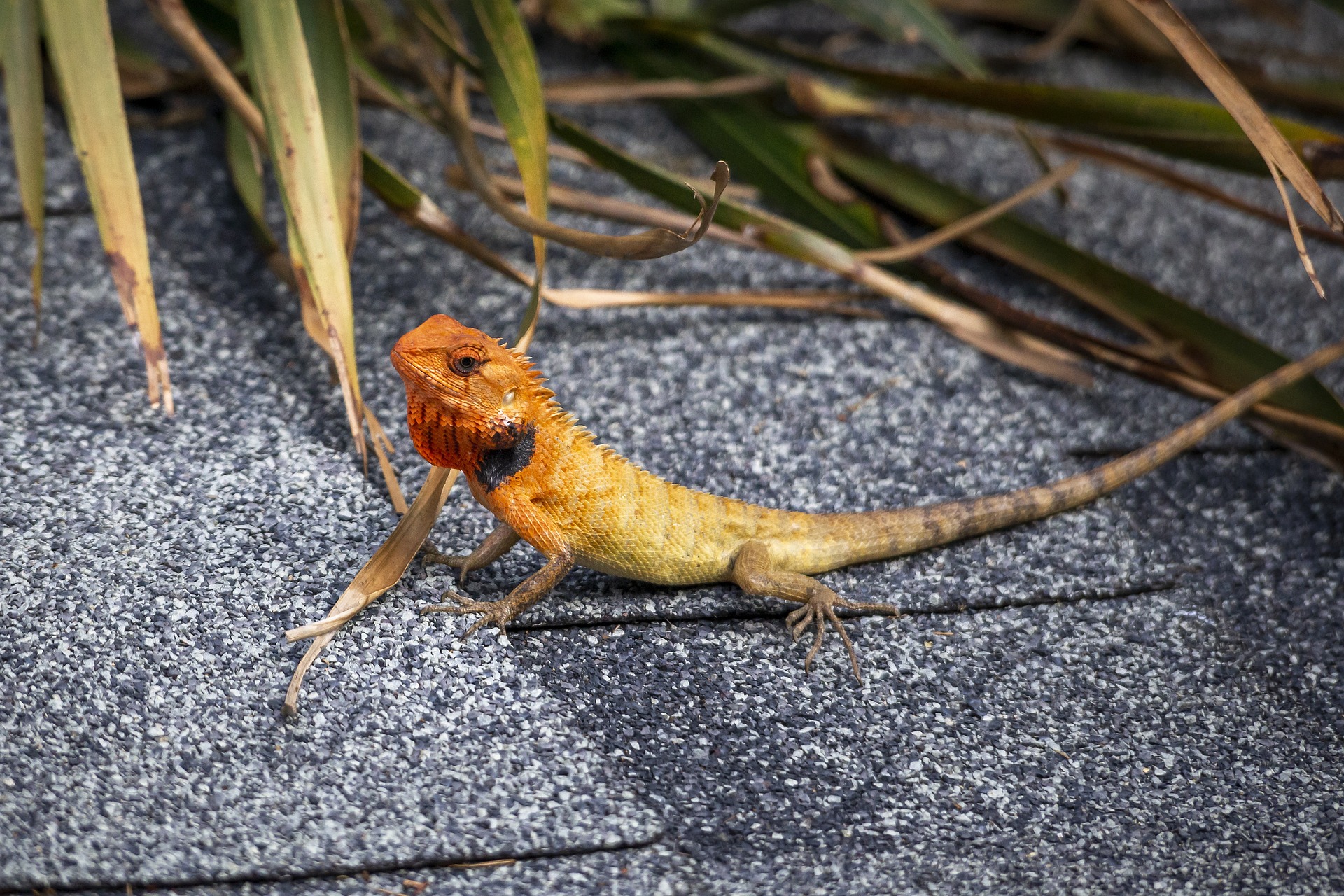
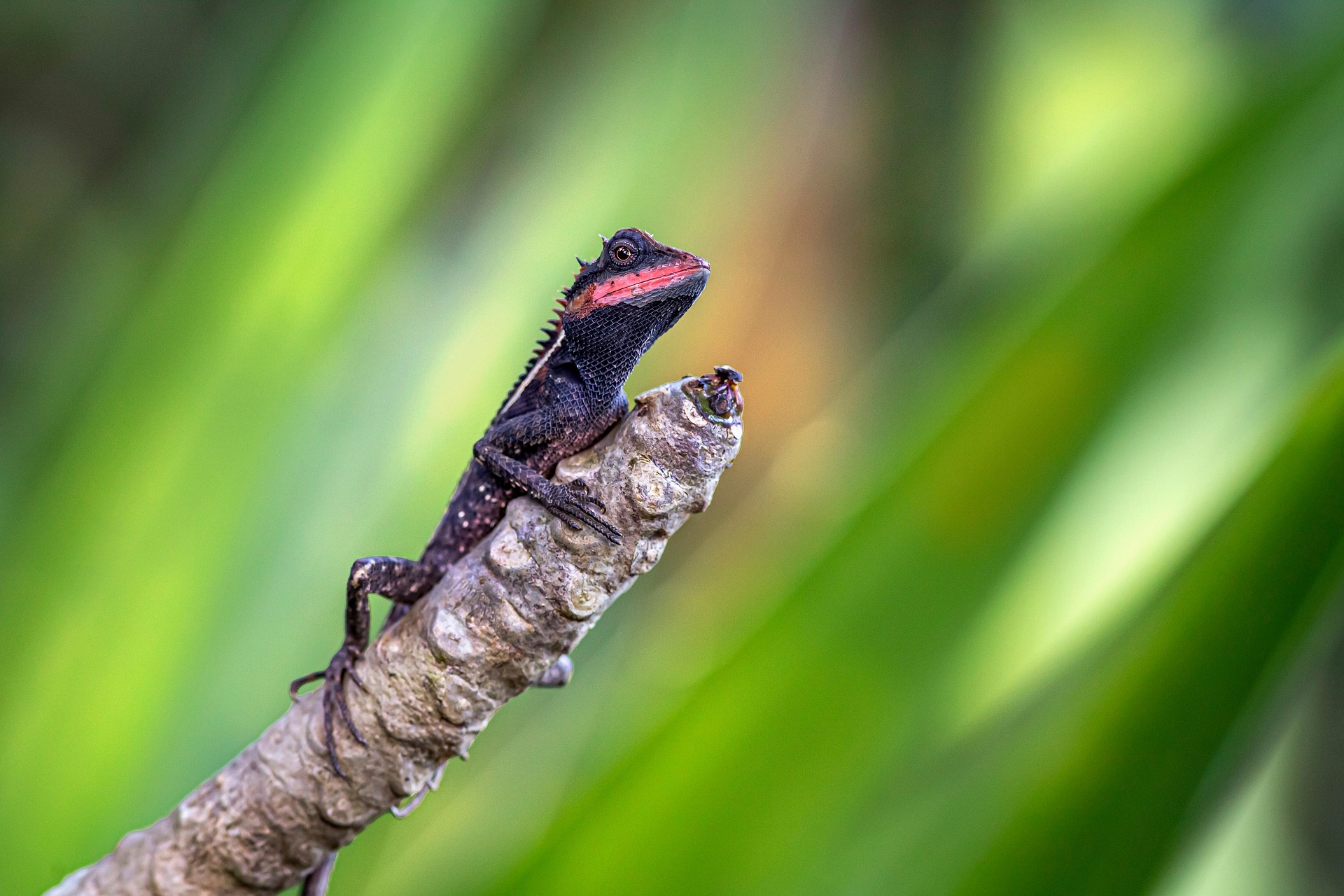
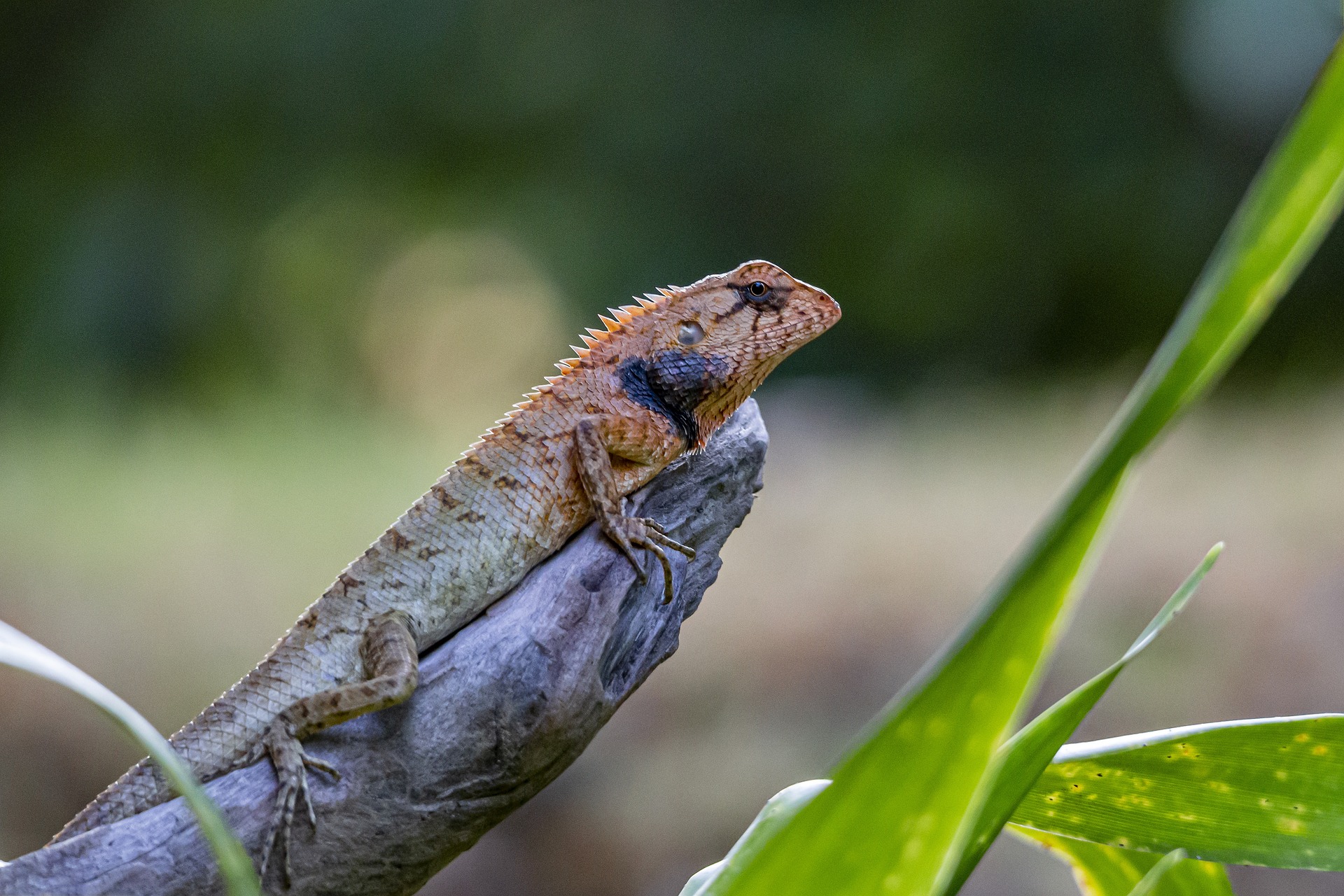
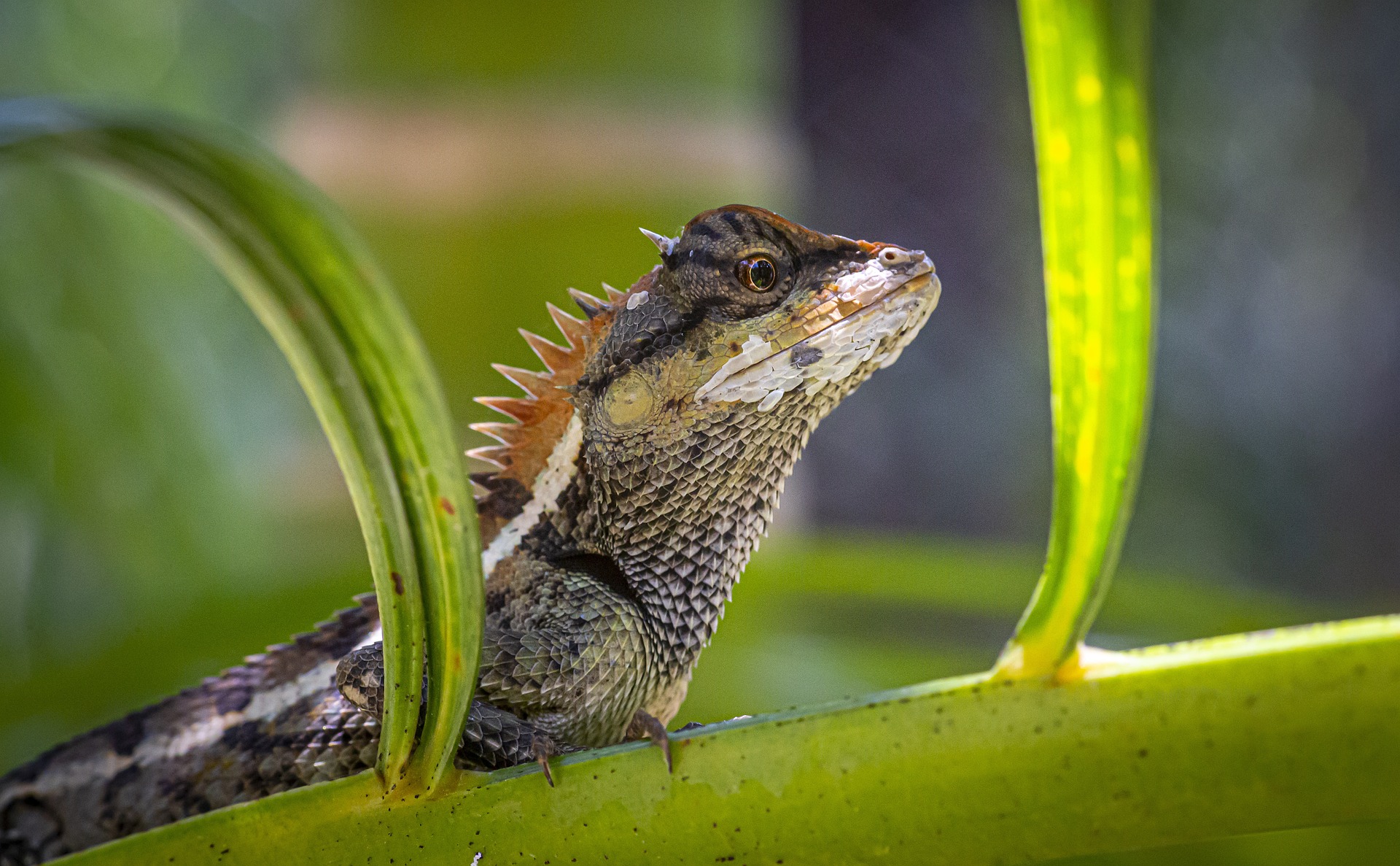

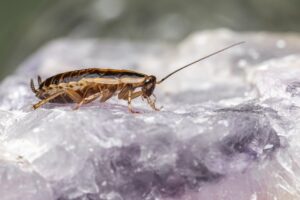
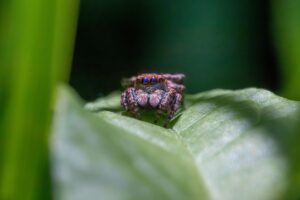
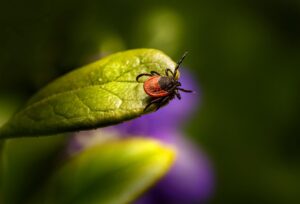
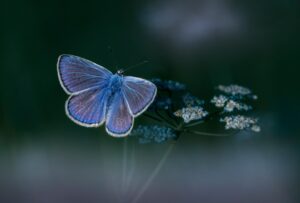
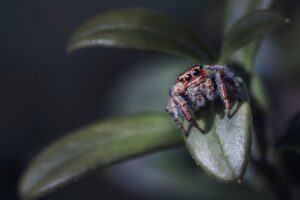
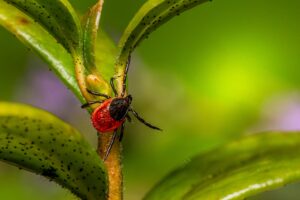
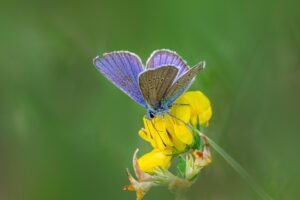
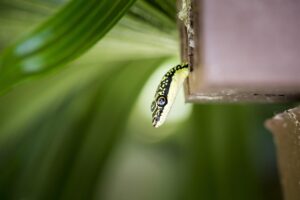

Post Comment